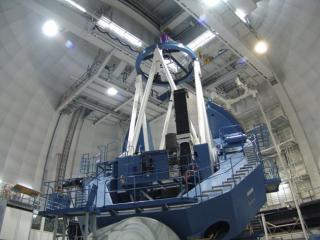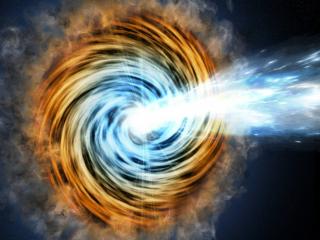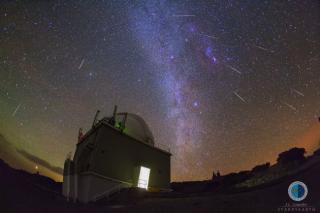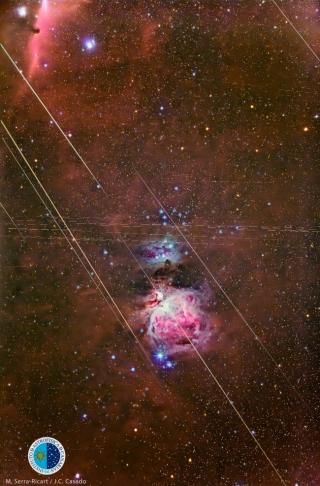
The contrats, which last for two years, are young people, less than 30 years old, that will carry out different tasks according their specalized abilities.
Advertised on
This section includes scientific and technological news from the IAC and its Observatories, as well as press releases on scientific and technological results, astronomical events, educational projects, outreach activities and institutional events.





